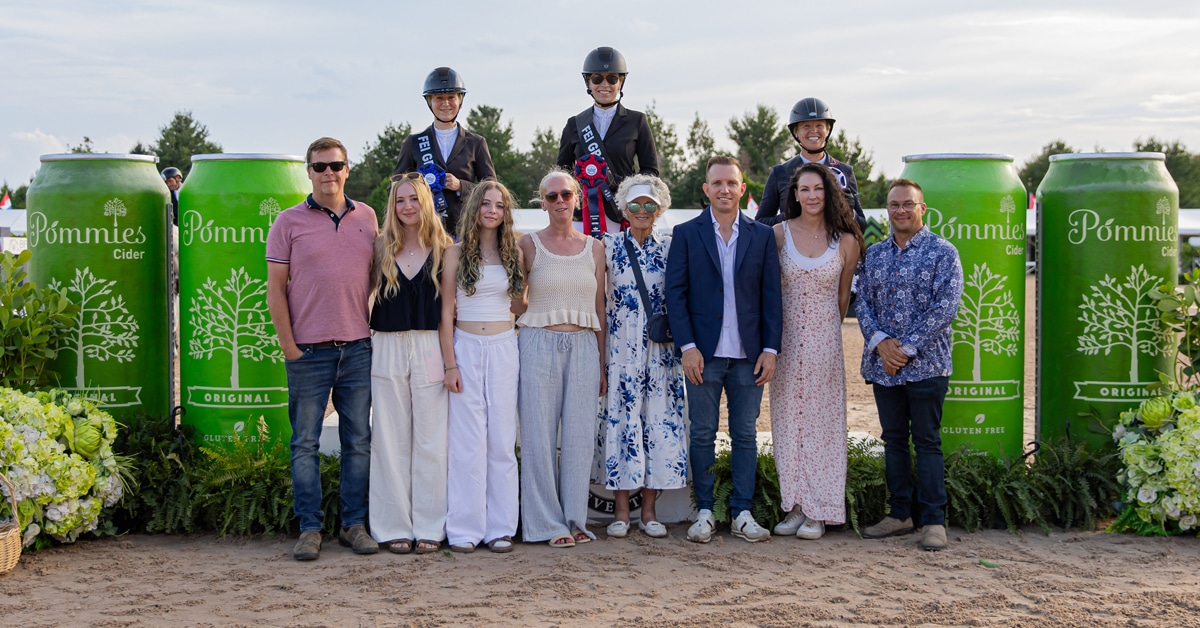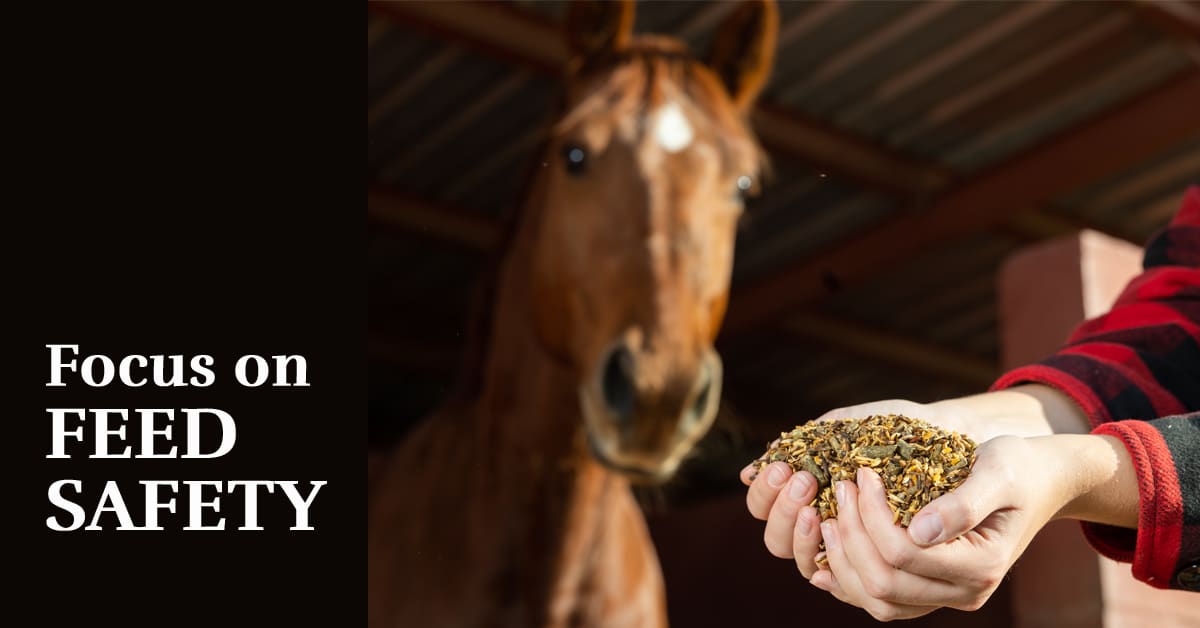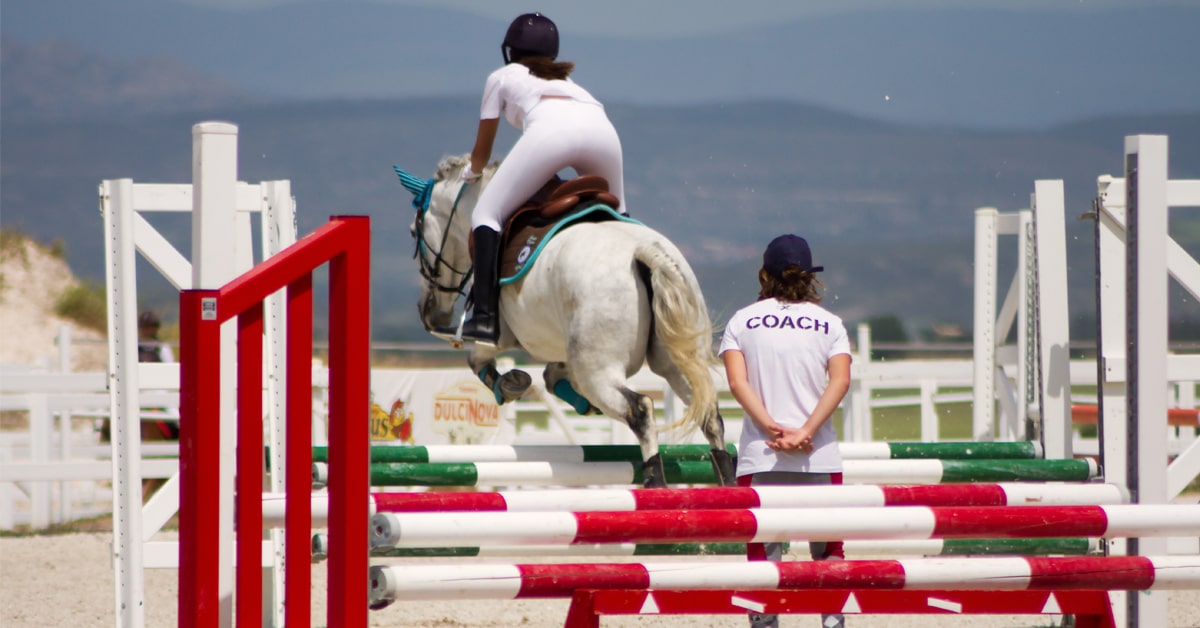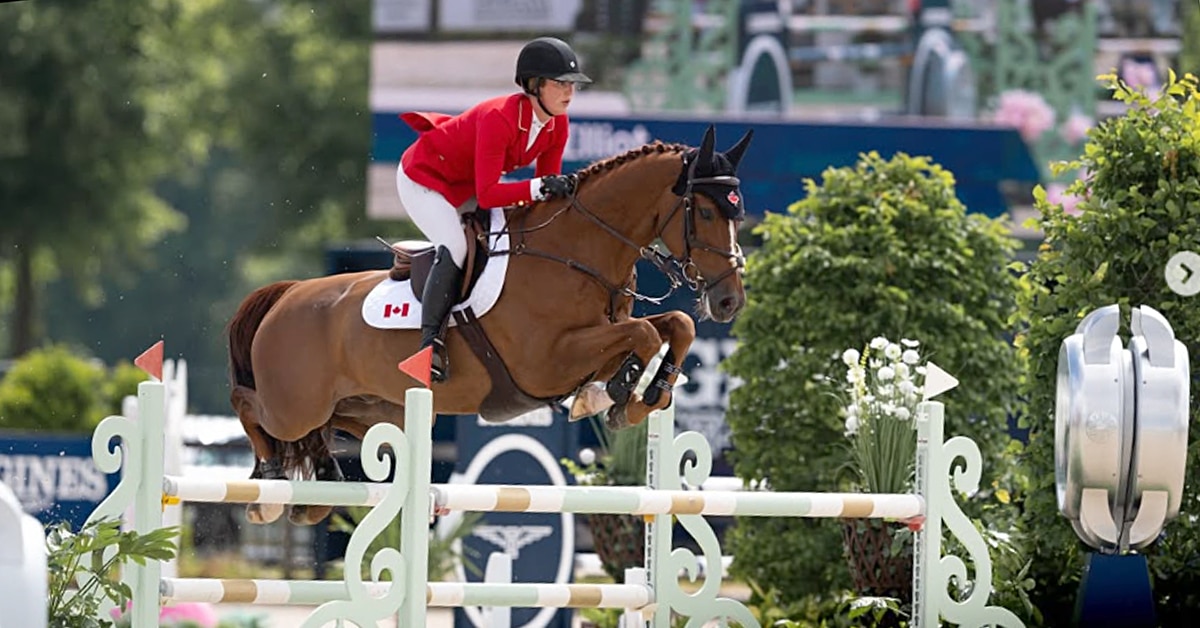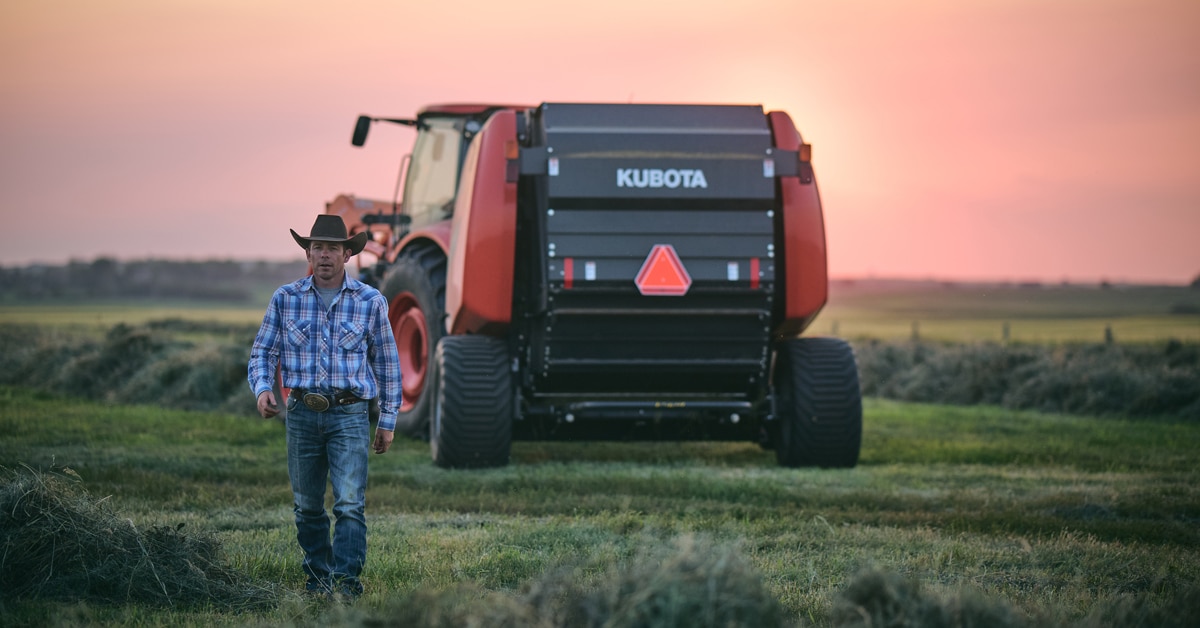They allow focus on the basics and improvement in specific areas without taking up much space or requiring the use of many materials. Jenn Serek is a firm believer in the use of grids in her training program, and uses them as often as twice a week with horses and riders of all levels.
“For a rider, grids are a great way to help strengthen the position. Especially with the younger or novice intermediate riders we use grids a lot, as it reduces the number of variables and they don’t have to find distances.
One of the reasons I love gymnastic work is because it really gives the horse a nice fair chance at the jumps and allows juniors and amateurs to work on technique. With the issue of having to find distances eliminated, we can settle into working on something specific. With the jumpers, we will use gymnastic exercises once a week to help them with technique and keep them sharp. It’s so important to never put the horse in a position where it feels trapped; you just want to find ways to encourage them to jump their best.
There is one particular gymnastic we use with all of our horses and riders, as everyone can benefit from it. The construction is simple and it doesn’t take up a lot of space in the ring. We place it in the middle of the ring to allow it to be approached off of both leads. Set a ground pole nine feet out from a vertical, followed by a second ground pole nine feet out, and then a second vertical nine feet after the pole, and then one more pole another nine feet out, a third vertical nine feet after that, and finish with a rail nine feet out from that. The jumps must have ground lines. Height is not important here, and often the same result can be accomplished over lower fences, but we will jump this exercise to a maximum height of 3’6′ with experienced horses and riders.
The majority of the time we will canter into the gymnastic, the exception being when we are trotting in with the more inexperienced horses or riders. Trotting in with poles eliminates the tendency for the novices to worry about distances, although it should be noted that if trotting in, the distances need to be shortened somewhat. Being that most of our jumping is done at the canter, I like to canter in with those that are experienced enough.
With this grid, we are helping the horse with its shape at the jump and to really stay careful over and between fences with those rails. With gymnastics we generally set the distances a bit tighter, because it always seems easier to get a horse going forward than it is to teach them to come back. With the slightly shorter distances we encourage the horse to rock back onto their hindquarters and the ground poles between the fences should hold their attention enough to keep them from rushing.
This is a grid where I like to teach the automatic release, as the variables of pace and balance are already taken care of for the rider. I love to use a tennis analogy: if you learned to play tennis, you wouldn’t just learn the backhand and limit yourself to one stroke. As a rider, you should use different releases in different situations. This exercise is great to sharpen up the horse and also to develop a skill like the automatic release for the rider.”
The Latest
